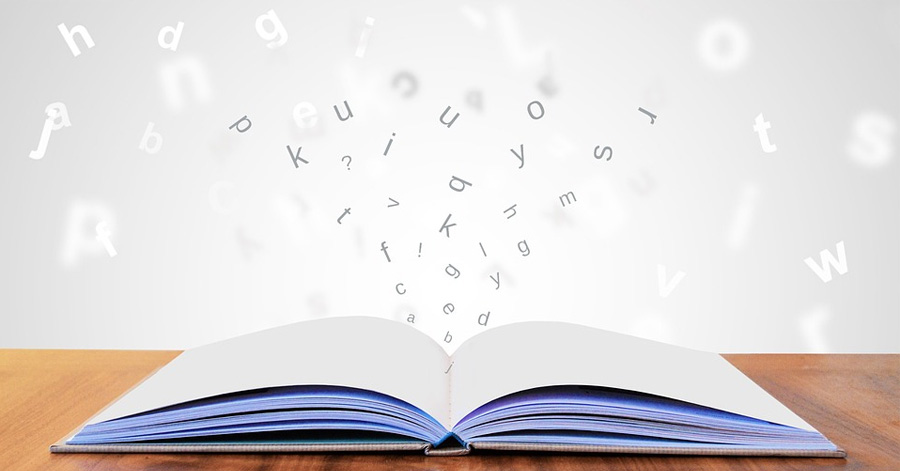SALES / SUPPORT : 844-232-4816
Book Design Resources
Book Design Resources
The world of indie publishing has exploded in the past ten years, giving anyone with a story to tell the opportunity to share it with the world. Self-publishing has a number of advantages for authors, the main one being that you maintain full control of your book instead of handing it over to a traditional publisher. Once you finish writing and editing a book, the next step is formatting and designing the book's layout, the cover, and possibly a logo. Custom design of the layout, cover, and logo will help your book catch the attention of readers.
Designing the Cover
Your book cover has a big job: It has to reach out and grab readers. The cover needs to make a statement and be interesting, and it also has to have a neat and clean design. Your readers should be able to instantly get a feel for the genre and tone of your book when they see the book cover and logo. Paperback books require a wraparound cover that includes the front, back, and spine. The width of the spine directly correlates to the number of pages of the book and the paper weight you use for printing. Printers can make this calculation after typesetting, or you can find a spine width calculator online. Hardcover books use a similar equation for calculating width, but many hardcover designs also include a dust jacket design with flaps that wrap around the cover. A book blurb often appears on the right flap (the part that folds around the front cover of the book), and an author biography is printed on the left flap. Dimensions for a hardcover book with dust flaps includes left flap width, back cover width, spine width, front cover width, and right flap width.
- Book Cover Design Mastery: The Only Guide You'll Need
- How to Design a Great Book Cover
- How to Make a Book Cover: If You're Self-Publishing, Here Are Your Options
- Book Cover Design: Ultimate Guide for Making Memorable Book Covers
- How to Design a Book Cover: Complete Guide in Six Steps
- How to Design the Perfect Book Cover
- Seven Foolproof Design Tips to Crush Your Book Cover Design
- Book Cover Design Basics
- Beginner's Guide to Book Cover Design
- 12 Book Cover Design Mistakes That Could Ruin Your Book Sales
- What Goes Into Designing an Award-Winning Book Cover?
The Interior Design
While the book cover pulls readers in to get them to open up your book, the interior design is the key to getting readers to actually read your book. The interior design needs to be clean and simple so as not to distract readers. Industry standards dictate conventional fonts and font size, which are designed to be simple and easy to read. A common mistake for first-time authors is choosing complex fonts and type designs that distract the reader from the book's message. Laying out the text, also known as typesetting, involves arranging the text, inserting page numbers, inserting chapter and section headings, and placing images and diagrams.
- The Art of Interior Layout and Design: Tips for Success
- Six Keys for Book Page Layout: Don't Ignore These Design Rules If You're Self-Publishing
- Ten Tips for a Professional Book Layout
- How to Get the Interior of Your Book Right
- How to Format and Lay Out Your Book Like a Pro
- Reading Flow in Book Design and Layout
- Typesetting 101: The Only Guide to Interior Book Design You Need
- Designing Your Book
- How to Format a Novel: Eight Design Fundamentals
- Book Formatting Versus Book Layout and Design: What You Need to Know
More Resources
Writing a book is a major challenge, but the work doesn't stop there. Designing the interior layout and the cover are vitally important steps to help a book succeed. It may help to peruse published books to see what other authors have done. Many tutorials are also available online, which can help with cover design and book layout. With the right approach and attention to detail, it's possible to design a professional and appealing book that is a pleasure to read.
- A Quick Guide to Creating and Publishing E-Books
- How to Make a Book Layout Template in InDesign
- Create Book Files With Adobe InDesign
- DIY Formatting and Layout Guidelines
- Ten Essential Tips for Creating E-Books in InDesign
- Layout Design: Types of Grids for Creating Professional-Looking Designs
- Using Advanced Book Creation Options in Pages
- How to Design a Page Layout as a Reusable Template in Photoshop
- Generating PDFs From HTML for a Book Layout
- Tips for Creating a Comic Book Logo
Reviewed by: Zaheer Dodhia
CEO and Founder LogoDesign.Net
